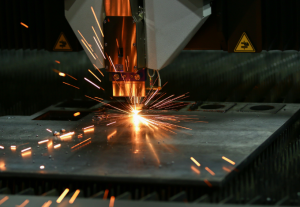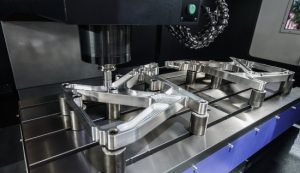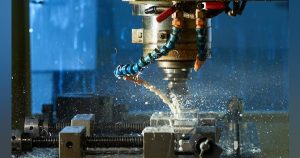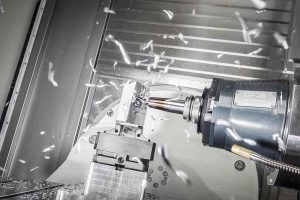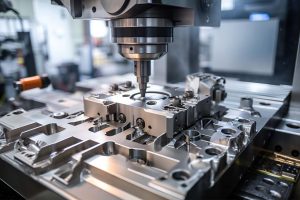To increase the strength of sheet metal, apply techniques like cold rolling, which can improve tensile strength by up to 20%, or use heat treatments such as quenching and tempering to achieve HRC 60 hardness levels.
Use of High-Strength Alloys
Alloy of magnesium, chromium, manganese, and titanium is produced to form durable materials that are incredibly strong. As a simple example, the yield strength of chromium-vanadium steel is 600 MPa, which is roughly twice that of carbon structural steels.
It is able to be treated by the technique of heat and strengthened with prep solution, achieving an overall tensile strength greater than 572 MPa (83 ksi) along with these advantages which gives it very high mechanical properties. This high-strength aluminum alloy can also be used for Boeing 787 Dreamliner and it makes the airplane lighter by up to about 20% saving fuel consumption as much as around 15%.
The yield strength of TMT rebar lies between 500 – 600 MPa whereas ordinary rebars have it in the range of around 250-350 MPa. High-strength reinforcement bar in Japan, high-rise buildings are used above seventy percent proportional of all reinforcing bars to have a reinforce structures more stable and withstanding against earthquakes.
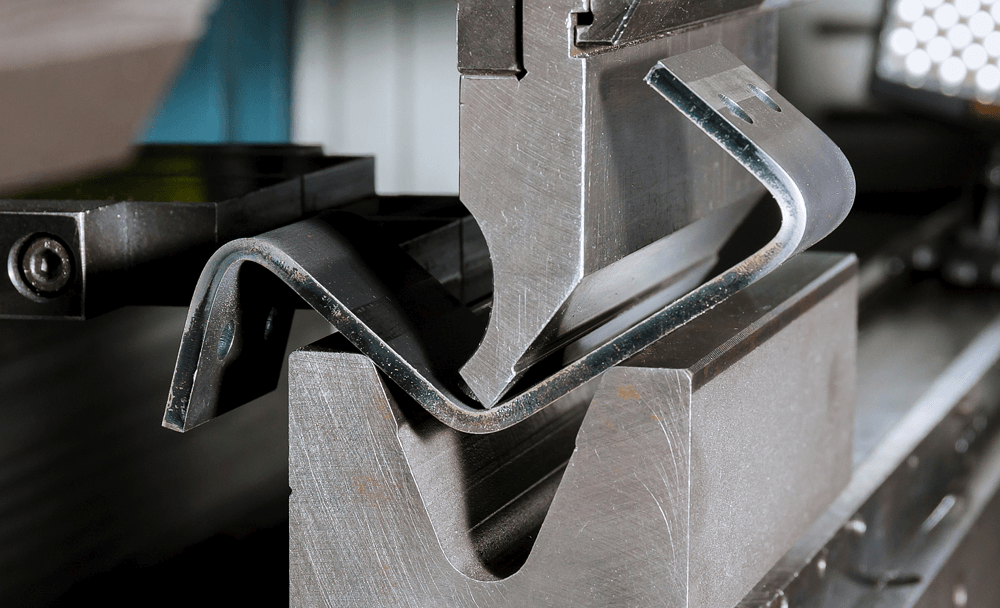
Surface treatment and protection
AR400 and other wear-resistant materials are often electroplated, which helps to further resist corrosion while making the steel harder. As an example, steel plates can have their corrosion resistance increased by a factor of twenty due to galvanization.
It is an electrolytic process that thickens the natural oxide film of aluminum on its surface called Anodizing. The oxide film—which has a hardness of HV300, about 200% harder than untreated aluminum—forms on an interface where conventional hard alpha alumina particles meet the soft matrix material. For example, Apple in its devices of the iPhone series uses anodized aluminum that gives a higher wear resistance as well and makes objects more aesthetic.
Powder coating is best suited to the protection and increase of high sheet metal impact. Research based on data indicates an increase of 30% in the impact resistance if metal surfaces post powder coating. General Electric (GE) is one of the most prominent brands in powder coatings for its home appliances that greatly improve durability and market attraction.
Through quenching and tempering treatments, the hardness of steel plates may reach a level over HRC60, which is capable of improving wear resistance. In the machinery manufacturing industry, after heat treatment it can be better than the original wear-resistant steel plate.
Multi-layer composite materials
A composite structure integrates the advantages of other materials to provide superior performance. Steel and aluminum are two examples, but when used together they can produce a combination of the strength of steel composites with lightweight features that outperform fiberglass containers while maintaining higher truck or cut-out payload weights! The steel-aluminum composite materials deliver 600 MPa tensile strength whereas density may decrease by up to about 30%!
Generally speaking, the tensile strength of CFRP (Carbon Fiber Reinforced Polymer) is more than 3500 MPa, which greatly exceeds that of traditional metal materials. The weight of the entire airplane is reduced by 20% thanks to carbon fiber-reinforced composites in every plane wing, contributing towards better fuel efficiency and higher speeds during flight.
The tensile strength of GFRP (Glass Fiber Reinforced Polymer) can be as high as 1000 MPa and it provides better corrosion resistance properties. Bridges and platforms constructed with glass fiber composites can last over 50 years in marine engineering, easily doubling the service life of steel structures used commonly.
Copper-based composites blend the high conductivity of pure copper and mechanical strength from other metals, which are applied much in advanced electronic devices. As an example, the microprocessor heat sinks in smartphones now employ copper-based composites with thermal conductivities as high as 400 W/m·K over a pure Cu version by up to a factor of +50%.



